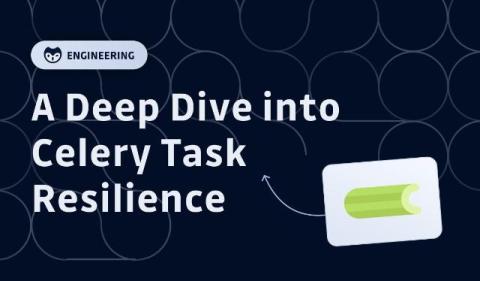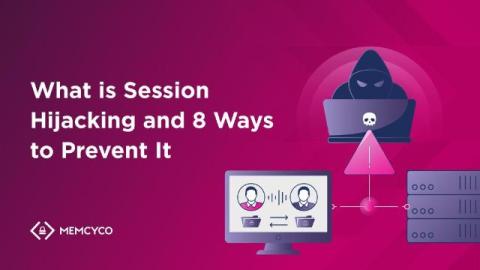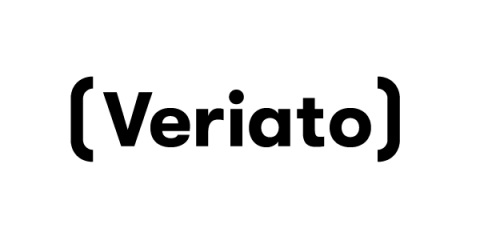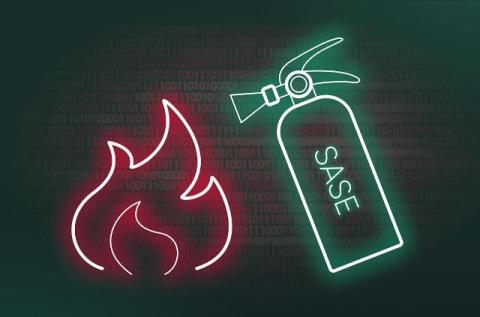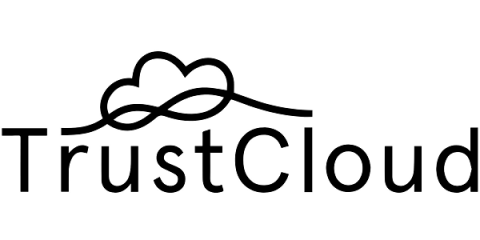Challenging the Access Management Status Quo
Once upon a time, workers sat in offices, only used corporate desktops and crossed a single authentication checkpoint to access company resources kept snugly behind a protective barrier. The world has changed dramatically since then. Cloud and hybrid environments are vast and complex. Work happens anywhere and everywhere. Company employees, contractors, partners and other users interact daily with multiple endpoints—personal and company-owned—alongside SaaS applications and sensitive data.



